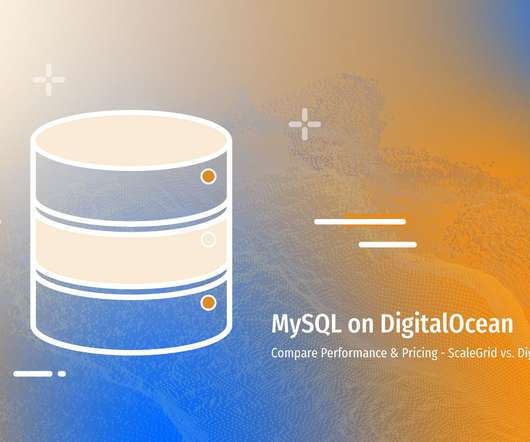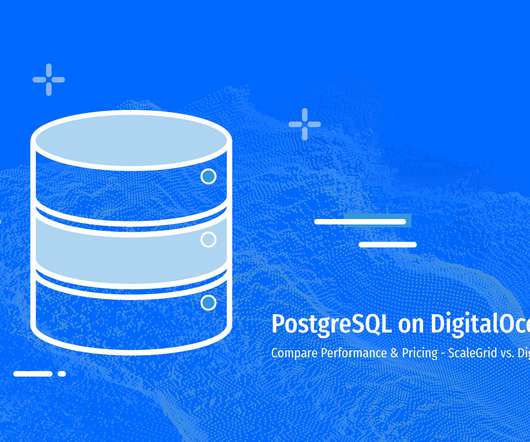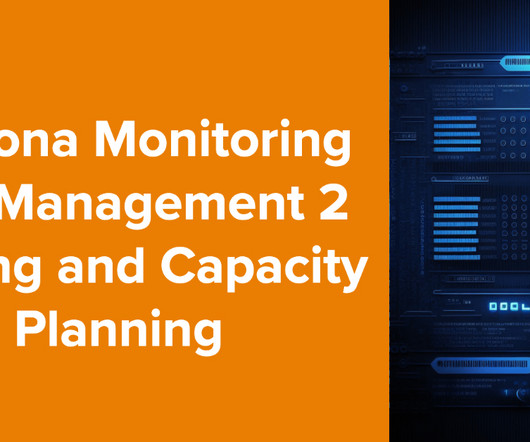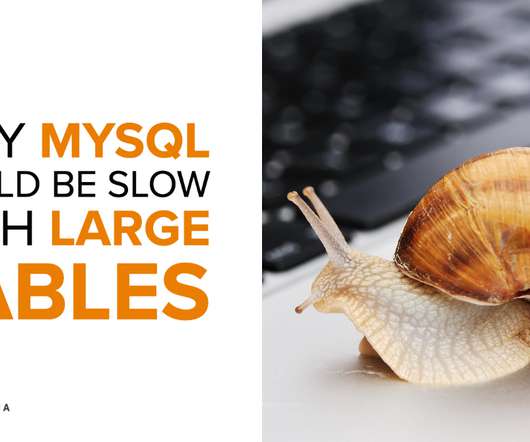Best MySQL DigitalOcean Performance – ScaleGrid vs. DigitalOcean Managed Databases
Scalegrid
JUNE 22, 2020
ScaleGrid provides 30% more storage on average vs. DigitalOcean for MySQL at the same affordable price. MySQL DigitalOcean Performance Benchmark. In this benchmark, we compare equivalent plan sizes between ScaleGrid MySQL on DigitalOcean and DigitalOcean Managed Databases for MySQL. Read-Intensive Throughput Benchmark.
























Let's personalize your content